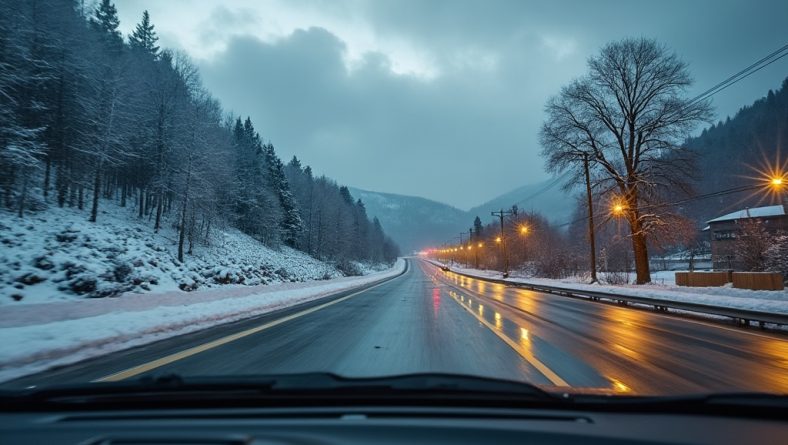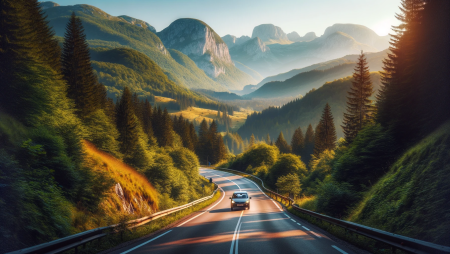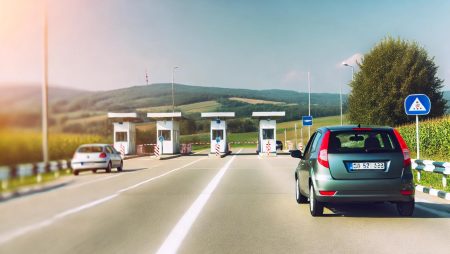Winter Driving Serbia: Essential Tips for a Safe Journey
Winter Driving Serbia: Essential Tips for a Safe Journey
Winter in Serbia brings picturesque landscapes and a magical atmosphere, but it also comes with unique driving challenges. If you’re planning to rent a car in Serbia and explore during the colder months, it’s crucial to be well-prepared. This guide provides essential tips for safe and enjoyable winter driving in Serbia, ensuring that you can navigate the roads confidently and make the most of your trip.
Understanding Winter Driving Conditions in Serbia
Winter Weather in Serbia
Serbia experiences cold winters, particularly in the northern and mountainous regions. Snowfall is common from November to March, with temperatures often dropping below freezing. In higher altitudes, such as the Kopaonik mountain range, conditions can be more severe, with heavy snowfall and icy roads.
Road Conditions
While major roads and highways are generally well-maintained, secondary roads and rural areas can be more challenging during winter. Snowplows and salt trucks work to keep the main roads clear, but it’s not uncommon to encounter snow-covered or icy roads, especially in remote areas.
Essential Tips for Safe Winter Driving in Serbia
1. Equip Your Car for Winter
When renting a car in Serbia during the winter months, ensure that it is properly equipped for the conditions. This includes:
- Winter Tires: Mandatory from November 1 to April 1. Winter tires provide better traction on snow and ice, making them essential for safe driving.
- Snow Chains: While not always required, snow chains can be crucial for navigating mountainous areas with heavy snowfall. Most car hire services in Serbia provide them upon request.
- Anti-Freeze and De-Icer: Ensure that the car’s windshield washer fluid is suitable for freezing temperatures, and keep a de-icer spray handy.
2. Adjust Your Driving Habits
Winter driving requires more caution and slower speeds. Here are some tips:
- Reduce Speed: Icy roads can be deceptive, so it’s important to drive at a reduced speed to maintain control.
- Increase Following Distance: Leave extra space between your car and the vehicle in front of you to allow for longer stopping distances on slippery roads.
- Brake Gently: Avoid sudden braking to prevent skidding. Instead, brake gently and early, especially on downhill slopes.
3. Know the Local Laws
Understanding and following local driving laws is crucial for a safe journey:
- Winter Tires: As mentioned, winter tires are mandatory during the winter months.
- Snow Chains: Required in certain regions, especially in mountainous areas. Look for road signs indicating when chains are necessary.
- Headlights: Keep your headlights on at all times, regardless of the time of day, to increase visibility.
4. Plan Your Route in Advance
Winter weather can be unpredictable, so it’s important to plan your route carefully:
- Check Weather Forecasts: Before setting out, check the weather forecast for your route and be prepared to adjust your plans if conditions worsen.
- Stick to Main Roads: Whenever possible, stick to major roads and highways, which are more likely to be cleared of snow and ice.
- Allow Extra Time: Winter driving takes longer, so allow extra time for your journey to avoid rushing.
5. Be Prepared for Emergencies
Even with careful planning, winter driving can be unpredictable. Be prepared for emergencies by keeping the following items in your car:
- Blankets and Warm Clothing: In case you get stranded, it’s important to stay warm.
- Food and Water: Keep non-perishable snacks and bottled water in your car.
- Phone Charger: Ensure your phone is charged and bring a car charger with you.
- First Aid Kit: A basic first aid kit is always a good idea, especially in winter conditions (There is one located in the boot of the car).
Enjoying Serbia’s Winter Attractions
Winter driving in Serbia can be challenging, but it also opens up a world of beautiful destinations:
- Kopaonik: Serbia’s most popular ski resort, offering excellent skiing, snowboarding, and winter sports.
- Zlatibor: A picturesque mountain region known for its scenic beauty and traditional Serbian villages.
- Belgrade: The capital city is vibrant even in winter, with festive markets, ice skating rinks, and cozy cafes.
Conclusion
Winter driving in Serbia requires preparation, caution, and an understanding of local conditions. By following these essential tips, you can ensure a safe and enjoyable journey through Serbia’s winter wonderland. Whether you’re hitting the slopes in Kopaonik or exploring the snowy streets of Belgrade, car hire in Serbia provides the freedom to experience the country at its best.




